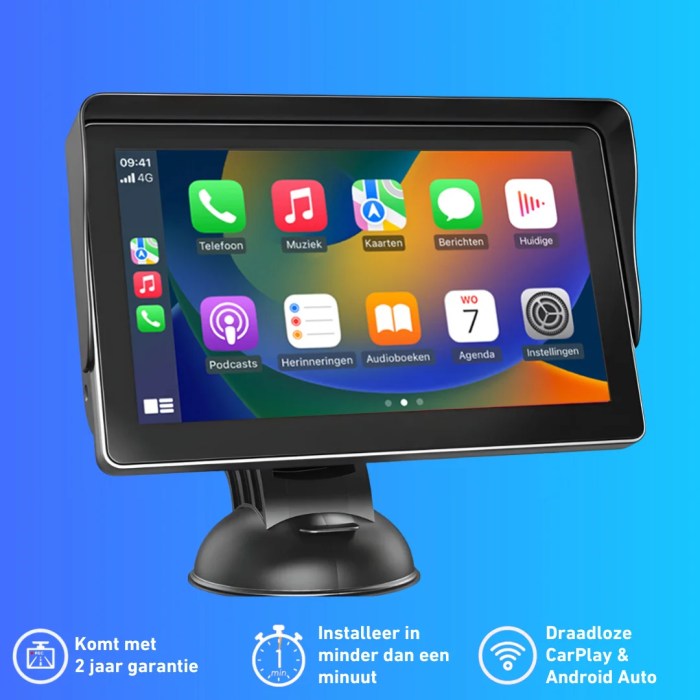Mobile learning facilitates education as it enables multi-device support, and provides versatility to students, enabling higher recruitment and retention rates.
Technological advancements in computer systems, mobile phones, and information and technology have dramatically altered the education sector. Paper books and notebooks are giving way to E-solutions in the educational system.
The Rise of the e-tutoring Market
Mobile Learning Market stood at 37.6 billion dollars 3 years back and is estimated to reach 445.3 billion by 2028. These figures are rising at a CAGR of 42.3% from 2021 to 2028. Now the mobile learning market has increased the number of traditional educational institutions. It is important to consider key segments in this market, with trends, restraints, competitive landscape, and factors important to the market.
There is a very slight difference between what is being said, what is being heard, and what is being implemented. It should be understood in the same way in which is being conveyed. There should be parity between them. Most of the time, growing children are a special target audience of e-tutoring development platforms. Online coaching centers learn about a child’s strengths and weaknesses. Some of these act as marketplace applications for one on one learning and consulting sessions through video chat. Making a simple and sweet application to read and write online, is integral to taking assistance in understanding studies online.
What are the 4 stages of eLearning?
A streamlined e-learning website development process includes – content analysis, storyboard, prototype, and course submission.
What does an e-learning portal look like?
It should be easy to use business management software for tutors. It should be designed for individuals as well as for commercial institutes. Features and functionality might differ, but the objective is to make children, and other users learn about the subject they want to understand. They charge money according to the number of days/months/years for which they enroll themselves in.
The online explanation is followed by an online quiz which can be a sequence of multiple-choice questions and answers or a more interactive one with engaging audio-visual graphics or a teacher-student 1:1 combo. Aligning a diagnostic work around how a teacher is teaching and how the student is able to respond proportionally will help you in understanding how well they are able to learn and understand.
Most online teaching-learning portals keep children engaged through videos, presentations, and interactive activities. Children learn by completing online worksheets that give immediate feedback through games, quizzes, and practice tests. The entire online learning system should appear on a user-friendly interface that appeals to children.
Online Tutoring Platform Alternatives 2023 (illustrative)
- Remind
- ConexED
- G2 Deals
- VEDAMO Virtual Classroom
- TutorRoom
- TutorTrac
- TutorCruncher
- MySchoolBooks
- Varsity Tutors
- TutorWare
- Yo! Coach
- G2 Deals
eLearning Website Development Features
The possibilities of mobile learning are tremendous. As a result, the mobile distance learning app market is also booming. If you want to design a great application, the first step is not to create the application. The first step is to develop the problem. The second step is to design a solution for that problem. Then you can figure out how to build it. The following are some features that you need to know before you get ready to develop such an app.
Student Panel Features
1. Delivery System that holds all the information in a structured manner to deliver content.
2. Tests, Exercises, and Quizzes are often featured in distance learning apps.
3. Personalized Learning that customizes the learner’s experience.
4. Game-based learning
5. Badges and points to indicate students’ productivity and learning progress.
6. Earning digital currency/badges/points/virtual currency in the process makes learning fun. It also increases user engagement.
7. Push notifications
8. In-application messaging amongst teachers and children. Exchange of rewards, reminders to nudge the learner and encourage them to continue their studies.
9. Payment Channels
10. Social Media Integration for learners to share their ideas
11. Easy Login with Google or social media accounts
12. Offline Learning to enable children to learn in absence of an internet connection.
Teachers Panel Features
1. Registration
2. Manage account settings and profile
3. Schedule live classes
4. Push notifications
5. View reviews and feedback
6. Answer queries from students
7. Interact with students via text, audio, or video
8. Post assignments and deadlines for students
Guardian or Parent Panel
1. Registration
2. Track student progress
3. Track course progress
4. Connect with teachers
5. Check assignments, tests, and projects.
6. Push notifications
7. Track Attendance
8. View the student leaderboard
Admin Panel
1. Manage students and teachers
2. Manage subscription plan
3. Manage student information
4. Manage community content (add and edit existing content and preview how it will look on your app)
Learning content management
- Support of multilingual content.
- User-generated content.
- Structured storage of learning materials.
- Learning content search by titles, metadata, and full text.
- Course creation tools.
- Support of multiple content types (e.g., text, audio, images, video, animation, virtual reality).
Learning content delivery
- Learner self-registration via online admission forms.
- Multi-device access for learners, trainers, and managers.
- Learner performance assessment (e.g., tests, quizzes, exams).
- AI-driven personalized learning paths.
- Online assignments for learners.
- Managing electronic certificates on course completion.
- Learners’ profiles with contact data, information about courses, exams, certificates, and more.
Analytics and Reporting
- Learning class history and student’s progress
- Dashboard for learning about content usage, portal usage, time spent on each course, satisfaction, student performance
- Recommendations for content reading, and AI tips for students
Communication and social learning
- Discussion boards.
- Forums.
- Chats.
- Interactions with eLearning content via likes, shares, and comments.
- Learning communities.
Security
- Training materials like courses, exams, assignments, marks, attendance, certifications, etc.
- Student’s class notes backups
How does an eLearning system work?
An electronic learning/tutoring system is an online platform that enables teachers, trainers, managers, and learners to teach children and young professionals. Such electronic learning platforms help them with the management, delivery, and receipt of learning content.
Types of e-learning platforms
Educators App (Nearpod, Kahoot, Google classroom)
Corporate Training (Yammer, Moodle, Lynda.com)
Personal Learning (Edmodo, Seesaw, Khan Academy)
Cost to develop e-learning app in 2023
Web developers in India spend 15K to 40K USD to make an e-learning app in 2023.
Conclusive:
How does online learning work? Electronic learning app makes learning easy as teachers update their students, or in self-help courses – the delivery of learning and training is through digital resources. It is based on formalized learning but acts much like a conventional school with an added convenience of a virtual platform. Online learning apps make students learn from anywhere, at any time (of course if classes are not scheduled). They can access their courses at any point of the day unless the subscription remains active, or the course remains unlocked. Website development companies have created e-learning/e-tutoring apps like LinkedIn Learning, Coursera, Udemy, Udacity, Cloud academy, CBT Nuggets, Cloud Guru, Khan Academy, Pluralsight skills, and Udemy Businesses make students of all ages enjoy their curriculum as these offer consistent academic guidance to support their unique learning styles.









